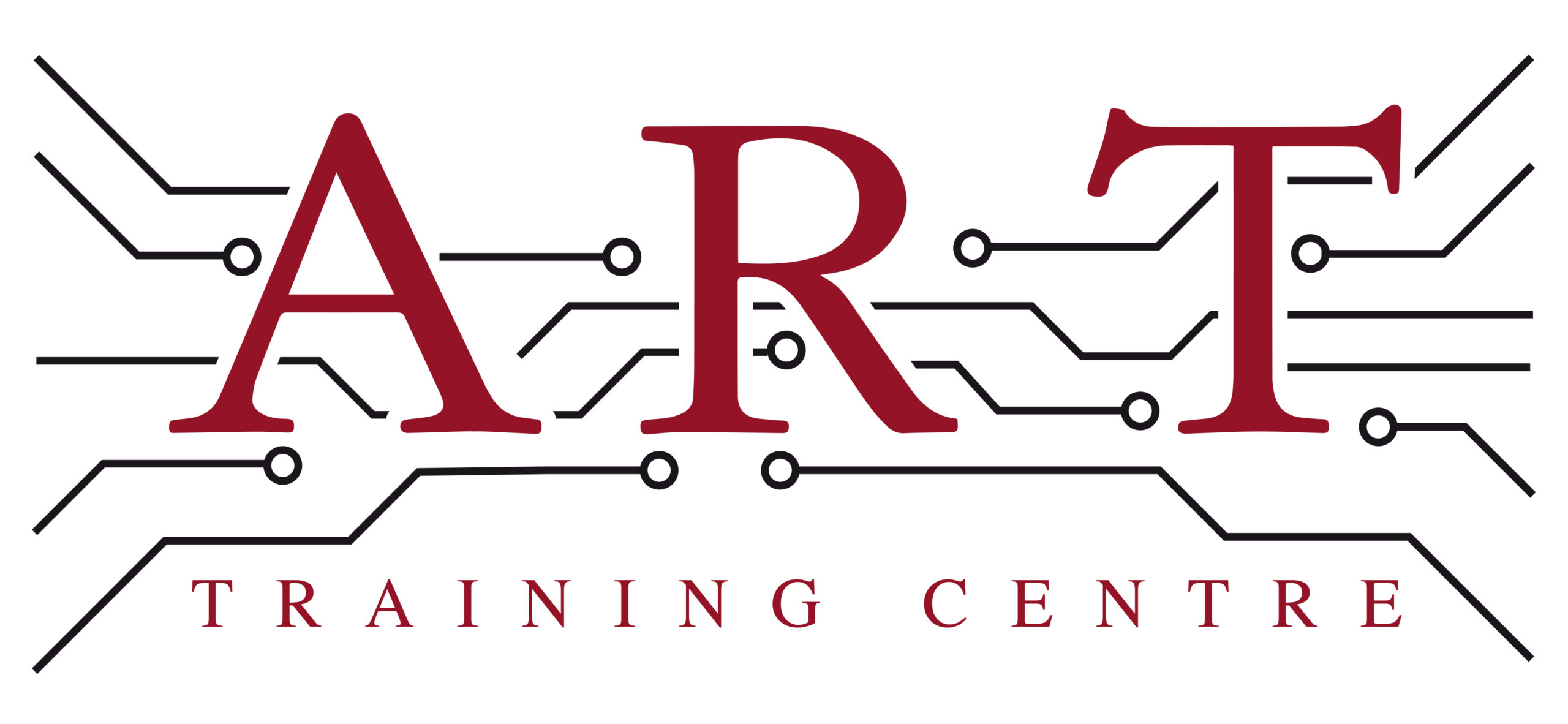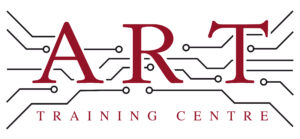Definition
Cold Joint is a fault that occurs in soldered connections when the solder does not fully melt or bond properly to the components or circuit board. This results in a weak joint that can lead to poor electrical conductivity or failure in the circuit. Cold joints are considered a defect in electronics manufacturing and can arise from insufficient heat, improper technique, or contaminated surfaces.
How It’s Used in the Industry
In electronics assembly, identifying and rectifying cold joints is crucial for ensuring reliable connections. During the soldering process, technicians apply heat to melt solder, which should flow and create a solid bond. If a cold joint forms, it may look dull or have a rough surface. Inspectors use visual checks and sometimes X-ray imaging to detect these faults. For technicians in training, understanding cold joints is vital, as they learn to recognise signs of poor soldering techniques. Experienced professionals must also be vigilant to maintain quality standards, especially in high-reliability applications such as aerospace or medical devices.
History & Origins
The concept of cold joints became prominent in electronics manufacturing during the mid-20th century, as soldering techniques evolved alongside the rise of printed circuit boards (PCBs). Early adoption of standards, such as those established by IPC (Institute for Interconnecting and Packaging Electronic Circuits), highlighted the importance of reliable solder joints. As technology advanced, the focus on quality control increased, making awareness of cold joints essential for maintaining performance and safety in electronic devices.
Variations
Variations of cold joints include “dry joints,” which occur when solder fails to flow properly, and “tombstoning,” where components are improperly aligned due to insufficient solder. While both result in unreliable connections, cold joints specifically refer to the incomplete melting of solder. Understanding these differences helps technicians diagnose and address issues effectively, ensuring high-quality soldering practices in electronics manufacturing.
Modern Applications
Today, the recognition and prevention of cold joints are critical in electronics production and repair. In surface mount technology (SMT) and through-hole assembly, ensuring proper soldering techniques is essential for reliability and compliance with IPC standards. Training programs emphasise the importance of identifying cold joints to improve overall quality control. As electronics become more complex, the need for robust soldering practices that prevent cold joints remains paramount in maintaining device performance and longevity.
Practical Tips & Training
To effectively work with cold joints, technicians should ensure proper soldering techniques, including adequate heating and clean surfaces. Regular inspection using magnifying tools can help identify potential issues early. Safety is crucial; always use appropriate protective gear when soldering. Structured training and certification programs in electronics are beneficial, as they provide the foundational knowledge and skills needed to prevent cold joints and ensure high-quality soldering practices.


